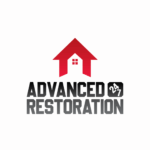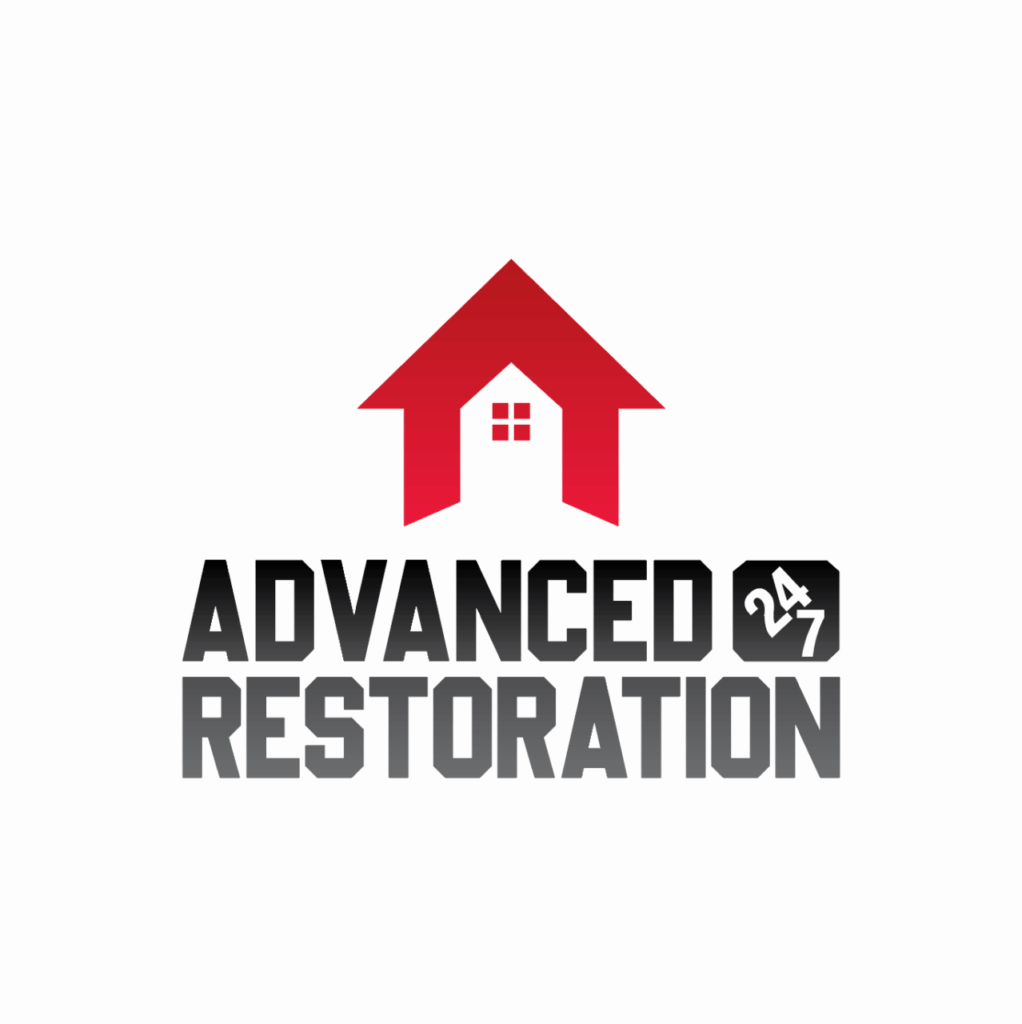As you wade through the murky waters of a flooded area, the debris floating around you serves as a sad reminder of the devastation left behind. But something lurks beneath the surface you can’t see, posing a severe threat to your health and well-being. Sewage.
Understanding the risks associated with sewage cleanup is crucial for your safety in the aftermath of a flood. But what exactly are these risks? And how can you protect yourself from the dangers that lie within? Let’s explore further.
Sewage Contamination in Floodwaters
When dealing with sewage contamination in floodwaters, it’s crucial to be aware of the potential risks and take appropriate precautions. Sewage contamination occurs when floodwaters mix with sewage, leading to a significant health hazard. Sewage treatment processes are designed to remove harmful substances and pathogens from wastewater before being discharged into the environment. However, the sewage treatment systems can be overwhelmed during floods, causing raw sewage to flow into the floodwaters.
The environmental impact of sewage contamination in floodwaters is severe. As the floodwaters recede, the contaminated sewage can seep into the soil and nearby water bodies, polluting them with harmful bacteria and chemicals. This pollution can have long-lasting effects on the ecosystem, affecting aquatic life and contaminating drinking water sources.
To protect yourself from the risks of sewage contamination, it’s important to avoid contact with floodwaters as much as possible. If you must come into contact with contaminated water, wear protective clothing, including gloves, boots, and masks. After exposure, thoroughly wash and disinfect yourself and any items that may have come into contact with the water.
Additionally, reporting any sewage contamination incidents to the appropriate authorities is crucial. They can take the necessary steps to clean up the contaminated areas and prevent further environmental damage.
Health Hazards of Exposure to Sewage
If you find yourself in contact with floodwaters contaminated with sewage, it’s crucial to be aware of the health hazards posed by exposure to sewage.
Sewage in floodwaters can expose you to various harmful substances, including bacteria, viruses, and chemicals.
Here are some potential health risks associated with exposure to sewage:
- Bacterial Infections: Sewage can contain harmful bacteria, such as E. coli and salmonella, which can cause severe gastrointestinal issues, including diarrhea, vomiting, and abdominal pain. These infections can be particularly dangerous for individuals with weakened immune systems, such as the elderly or those with chronic illnesses.
- Viral Infections: Floodwaters contaminated with sewage may also contain viruses like hepatitis A and norovirus. These viruses can lead to symptoms like fever, jaundice, nausea, and fatigue. In severe cases, they can cause liver damage and long-term health complications.
- Chemical Exposure: Sewage often contains various chemicals from household products, industrial waste, and agricultural runoff. Exposure to these chemicals can result in skin irritation, respiratory problems, and even organ damage. Prolonged or repeated exposure to these chemicals may have long-term health effects, including an increased risk of certain cancers.
It is important to note that these health hazards can be mitigated by taking proper precautions. If you come into contact with floodwaters contaminated with sewage, washing your hands with soap and clean water is crucial. Avoid touching your face or consuming food without washing your hands first. Seek medical attention if you experience any symptoms of infection or illness after exposure to sewage.
Bacterial and Viral Infections From Sewage
Exposure to sewage in floodwaters can result in bacterial and viral infections, posing significant health risks. When floodwaters mix with sewage, there is a high risk of contamination, leading to various health implications. It is important to understand the potential dangers associated with bacterial and viral infections from sewage to protect yourself and your loved ones.
| Bacterial Infections | Viral Infections |
|---|---|
| Salmonella | Hepatitis A |
| E. coli | Norovirus |
| Shigella | Rotavirus |
| Campylobacter | Adenovirus |
Bacterial infections from sewage can cause illnesses such as diarrhea, vomiting, abdominal cramps, and fever. Salmonella, E. coli, Shigella, and Campylobacter are common bacteria found in sewage and can lead to severe gastrointestinal problems. On the other hand, viral infections can also be contracted from sewage and have similar symptoms. Hepatitis A, Norovirus, Rotavirus, and Adenovirus are all viruses that can be present in sewage and can cause gastrointestinal distress and other complications.
To protect yourself from bacterial and viral infections, avoiding contact with floodwaters contaminated with sewage is crucial. If you must come into contact with sewage, ensure that you wear protective clothing, such as gloves and boots, and practice proper hygiene by washing your hands thoroughly with soap and clean water. Additionally, disinfecting any surfaces or objects that have come into contact with sewage is essential to prevent the spread of infections.
Risks of Waterborne Diseases During Cleanup
To ensure your safety during the cleanup process, it’s important to be aware of the risks posed by waterborne diseases. Floodwaters can contain various pathogens that can cause infections if proper precautions aren’t taken. Here are some key points to keep in mind:
- Preventing Infections
- Avoid direct contact with floodwater as much as possible.
- Wear protective clothing, such as gloves, boots, and masks, to minimize exposure to contaminated water.
- After contacting floodwater or contaminated surfaces, wash your hands thoroughly with soap and clean water.
- If you have any open cuts or wounds, cover them properly to prevent infection.
- Proper Disinfection
- Clean and disinfect all surfaces and objects that have come into contact with floodwater. Use a bleach solution or other disinfectants recommended by health authorities.
- Make sure to disinfect items such as utensils, dishes, and toys that may have been contaminated.
- If you’re using well water, have it tested for contamination before using it for drinking, cooking, or cleaning purposes.
- Ensure that any food or water you consume is from a safe and reliable source to avoid waterborne diseases.
Precautions for Safe Sewage Cleanup Procedures
To safely conduct sewage cleanup, it is crucial to take necessary precautions to minimize the risk of exposure to harmful contaminants. When dealing with sewage, it is important to follow proper disinfection methods and use protective equipment to ensure your safety and the safety of others.
One of the key precautions to take during sewage cleanup is to wear appropriate protective equipment. This includes gloves, goggles, and masks to protect yourself from direct contact with sewage and any potential airborne contaminants. Additionally, wearing waterproof boots or shoes is important to prevent any sewage from entering cuts or abrasions on your feet.
Another important precaution is to disinfect the affected areas after cleanup properly. This helps to kill any remaining bacteria or viruses that may be present. The table below outlines some effective disinfection methods that you can use:
| Disinfection Method | Description |
|---|---|
| Bleach | Mix 1 cup of bleach with 1 gallon of water. Apply to surfaces and let it sit for at least 10 minutes before rinsing. |
| Vinegar | Mix equal parts of vinegar and water. Apply to surfaces and let it sit for at least 30 minutes before rinsing. |
| Hydrogen Peroxide | Use 3% hydrogen peroxide solution. Apply to surfaces and let it sit for at least 10 minutes before rinsing. |
Remember always to read and follow the instructions on the disinfectant labels for proper usage and safety precautions.
Review
So remember, when it comes to sewage cleanup after a flood, taking proper precautions is crucial.
Did you know that according to the Centers for Disease Control and Prevention, around 1.8 million people in the United States get sick from recreational waterborne diseases every year?
This statistic highlights the importance of understanding and minimizing the risks associated with sewage exposure during cleanup.
Stay safe and protect your health by following the recommended guidelines.
Advanced 24/7 Restoration’s mission is to provide unparalleled care and support to our valued clients. Delivering the best solutions for your property restoration needs. Our vision is to be the top-rated damage restoration company in Denver, known for our exceptional services, professionalism, and dedication to customer satisfaction. Water damage, fire damage, flood damage, and more.
- This author does not have any more posts


